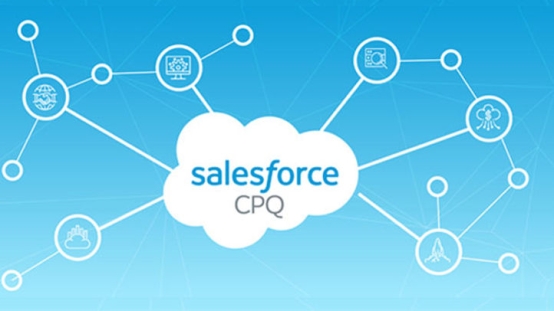

Salesforce’s CPQ (Configure, Price, Quote) solution is a powerful platform that integrates seamlessly with other business systems, helping organizations simplify and enhance their sales processes. This guide outlines how Salesforce CPQ integrations function, their primary benefits, and how they can be applied effectively.
Salesforce’s CPQ (Configure, Price, Quote) solution is a powerful platform that integrates seamlessly with other business systems, helping organizations simplify and enhance their sales processes. This guide outlines how Salesforce CPQ integrations function, their primary benefits, and how they can be applied effectively.

Salesforce CPQ integrations link Salesforce’s pricing and quoting capabilities with other essential applications to create faster and more accurate workflows. By pulling synchronized, real-time data across platforms, sales teams can make informed decisions and reduce delays. Automated tasks such as price calculations and quote creation minimize manual effort and errors, while also improving the customer experience. For companies experiencing growth, CPQ integrations with Salesforce remove operational obstacles and establish a scalable sales infrastructure.
Improved Efficiency – Routine pricing and quoting processes are automated, enabling sales representatives to focus on engaging with clients and closing deals instead of repetitive admin work.
Increased Accuracy – Real-time updates to product, pricing, and inventory information reduce the risk of mistakes and maintain reliable documentation.
Access to Real-Time Data – Sales teams can respond to customer inquiries with the latest details on pricing, availability, and conditions, allowing for faster decision-making.
Scalable Expansion – As businesses grow, integrations adapt easily, handling higher transaction volumes and complex pricing without requiring major system overhauls.
Salesforce CPQ integrates with a wide range of systems to meet industry-specific needs:
ERP Systems (e.g., SAP ERP, Oracle ERP Cloud) – Provides visibility into inventory, order status, and financials, ensuring quotes align with supply and budgetary constraints.
CRM Tools (e.g., Microsoft Dynamics 365 CRM) – Builds a complete view of the customer lifecycle, enabling tailored offers and stronger conversion rates.
E-commerce Solutions (e.g., Shopify, Magento) – Automates the order process from purchase to fulfillment, delivering seamless customer experiences.
These integrations highlight the adaptability of Salesforce CPQ in driving efficiency across diverse industries.
Step 1: Assess Business Objectives
Identify the areas where automation will provide the most value, and determine how integration can address current challenges.
Step 2: Select Appropriate Tools
Pick integration tools that are compatible with your existing systems, growth plans, and technical resources to ensure long-term reliability.
Step 3: Set Up the Integration
Align workflows, configure automation settings, and map data fields carefully to ensure smooth and accurate synchronization.
Step 4: Conduct Thorough Testing
Run test scenarios under real business conditions to detect errors or mismatches before a full rollout.
Step 5: Monitor and Optimize
After launch, use analytics to evaluate performance and make adjustments that maximize efficiency over time.
Manufacturing – By connecting ERP with CPQ, one manufacturer reduced order processing time by 30% while improving accuracy.
Retail – A retail chain integrated CPQ with its CRM and e-commerce platforms, boosting customer satisfaction by 25% through personalization and automation.
Technology – A tech company linked CPQ with CRM and marketing tools, streamlining lead management and increasing close rates by 20%.
Q1: What are the main challenges during implementation?
Complex data mapping and system compatibility are frequent hurdles. Careful planning, phased integration, and expert support minimize risks.
Q2: How long does integration typically take?
Project duration depends on complexity, but most integrations range from several weeks to a few months.
Q3: Which industries benefit most from Salesforce CPQ integrations?
Although nearly every sector can benefit, industries such as manufacturing, retail, technology, healthcare, and finance have seen the most significant improvements in efficiency and customer satisfaction.